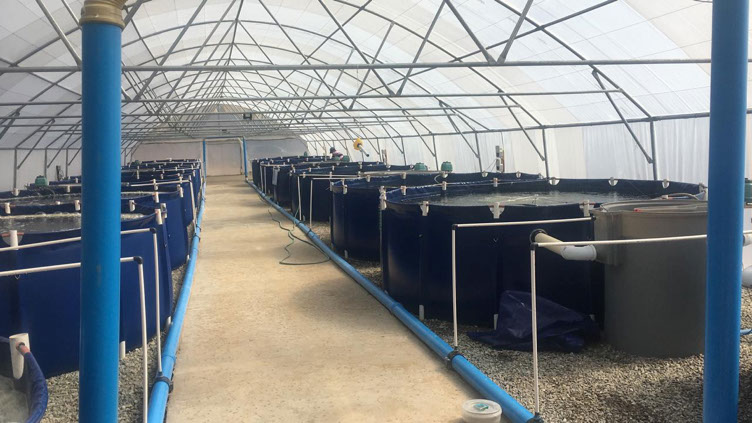This year will see the start of the 3rd edition of the ‘Autonomous Greenhouse Challenge’. The challenge is to grow lettuce in a greenhouse ‘completely autonomously and without human intervention’ through the use of AI. The lettuce also needs to meet a high standard of quality and yield. It also has use as few resources as possible, such as water, fertilizer and energy. The participants had to compete against a grower who is allowed to walk around their own greenhouse and check up on their crops.
Cucumber (2018) and cherry tomatoes (2019/20) were grown autonomously in previous editions. The teams had to determine the ideal for temperature levels, amount of light, irrigation and a number of other parameters, such as the density of plants and their stems.
The teams used a number of standard sensors in the greenhouse for their crops. They were also allowed to install their own sensors and cameras in the greenhouse to collect additional information while the crops were growing.
Can technology beat growers?
In the first two editions, teams took part with employees from tech giants such as Microsoft, Intel, Tencent, NXP and Samsung. The first competition was won by a team made up of Microsoft employees and students from a Danish and a Dutch university. The second event was won by a team consisting of employees, students and researchers from Hoogendoorn Growth Management, Van der Hoeven Horticultural Projects, Delft University of Technology and Keygene. This team performed better than the reference team of growers across all sections of the competition. Which led to the question whether technology can already beat growers and does this make people redundant?
We have been using all kinds of technology in greenhouse crops for many years. Growers have long since dispensed with having to open the windows themselves when it’s too hot or fire up the furnaces when it’s cold outside. For more than 50 years, climate computers have been in existence that have taken over that job from them. These kinds of adjustments are made automatically by linking temperature readings to a controller that can open the windows or turn up the heating. Knowledge systems were already being utilized in horticulture 30 years ago with the aim of making things run even smarter. These systems, which contain rules incorporating ‘human knowledge’, are now seen as the forerunners of AI.
Read the complete article at www.innovationorigins.com.











